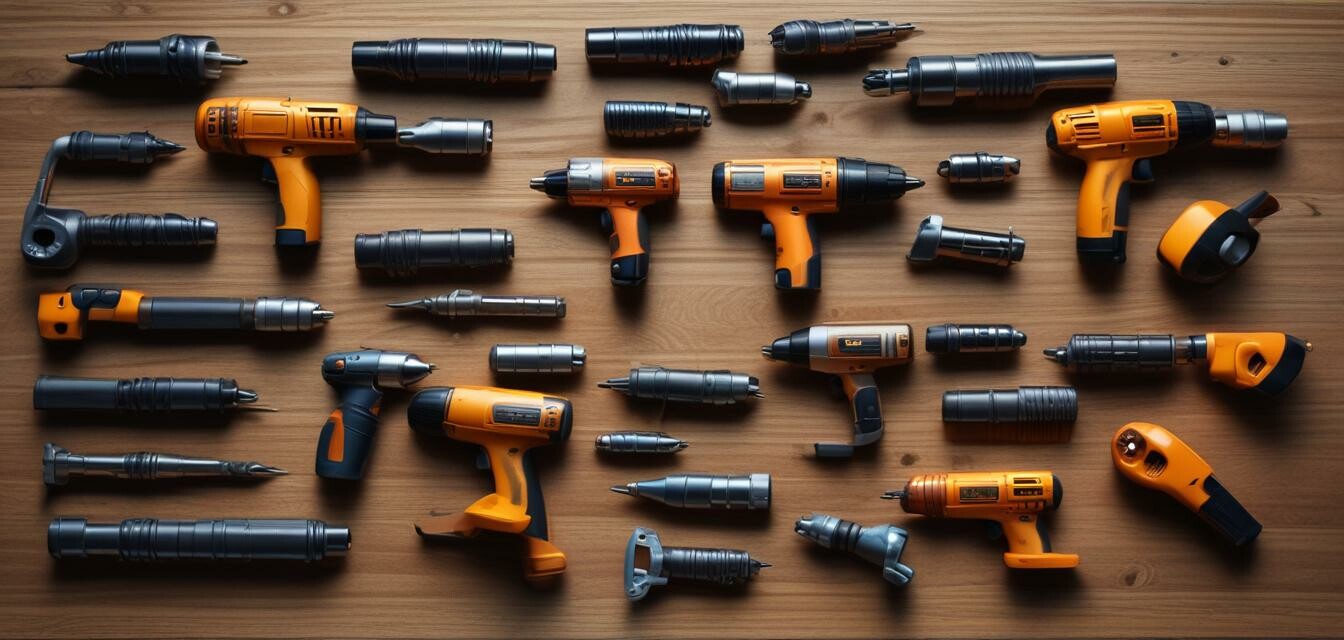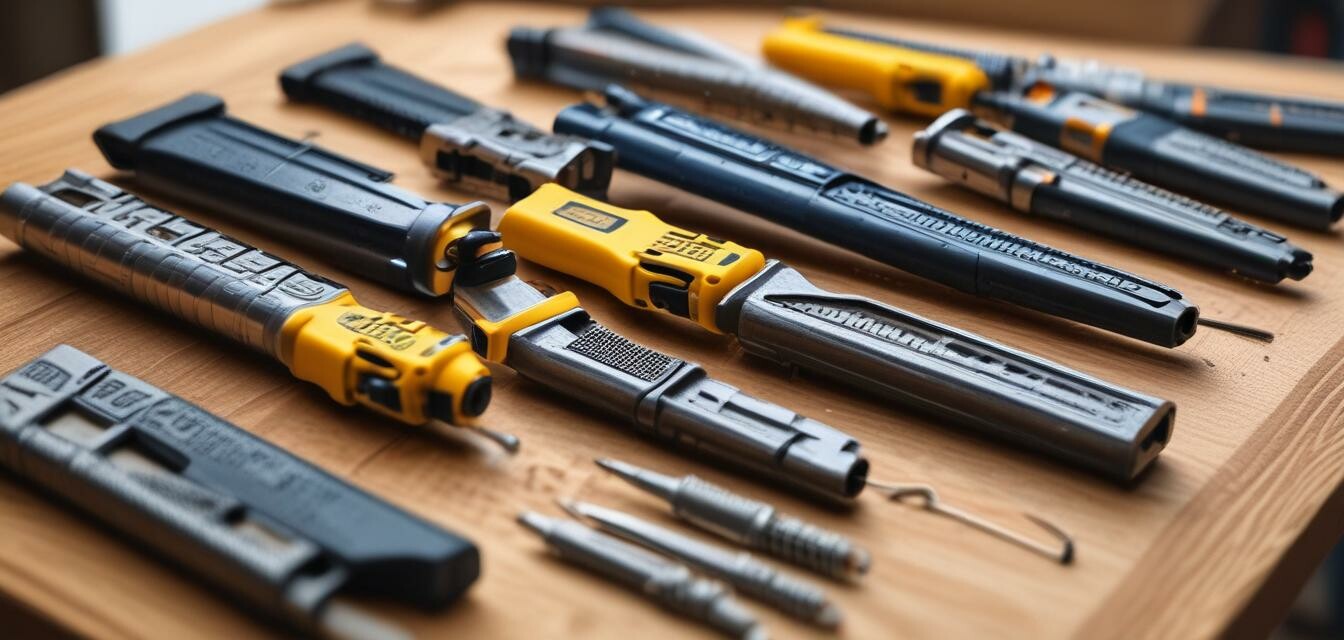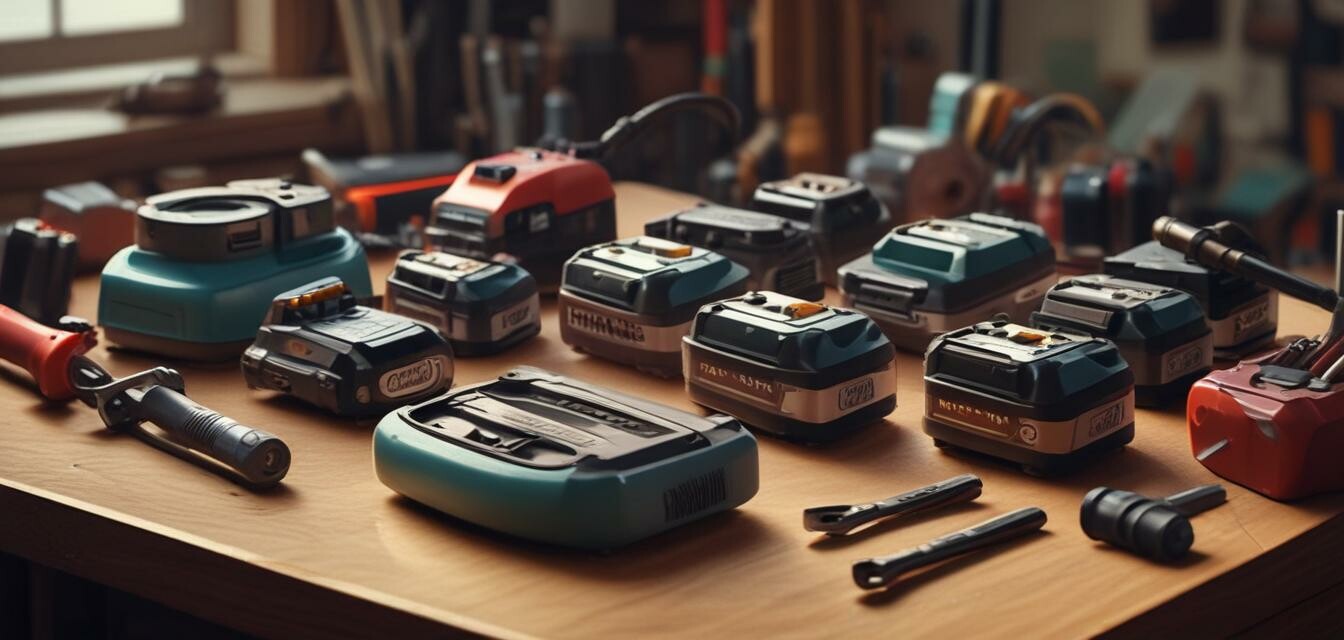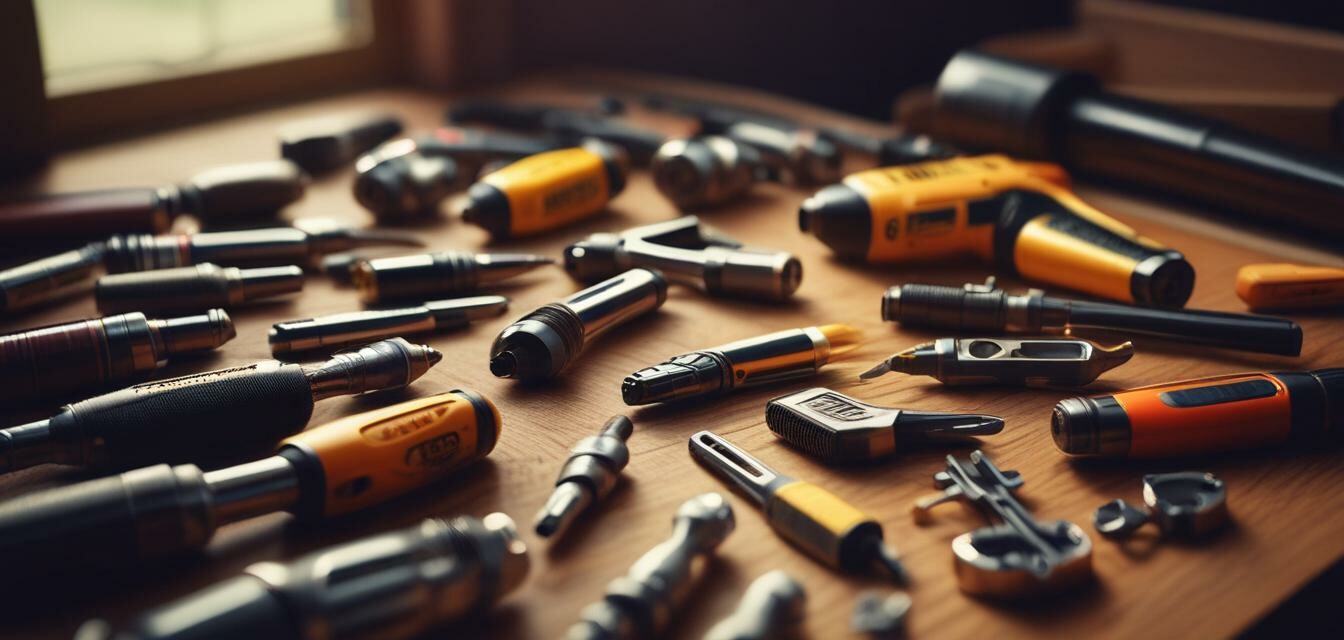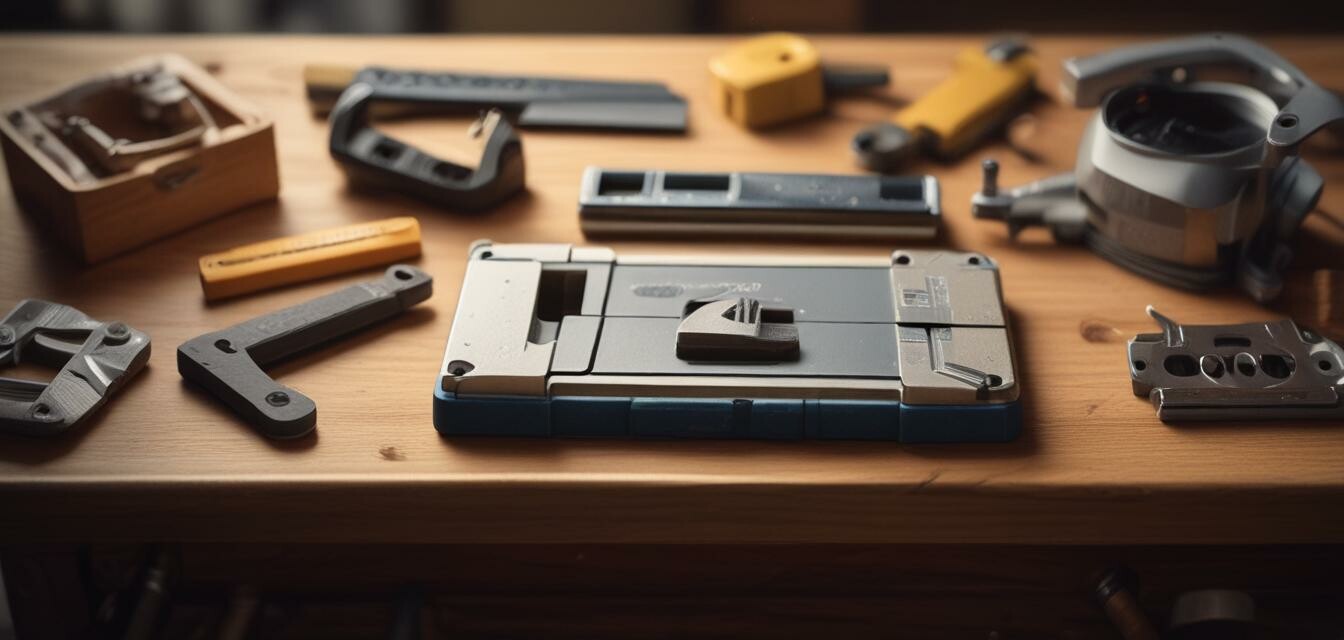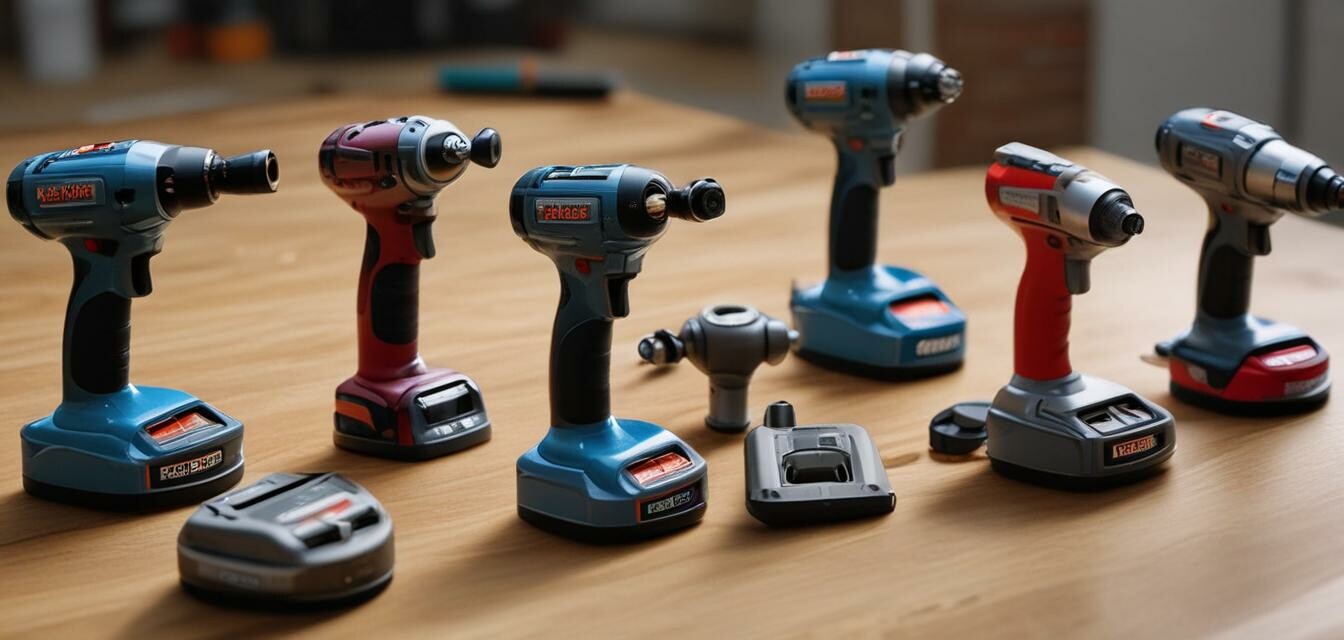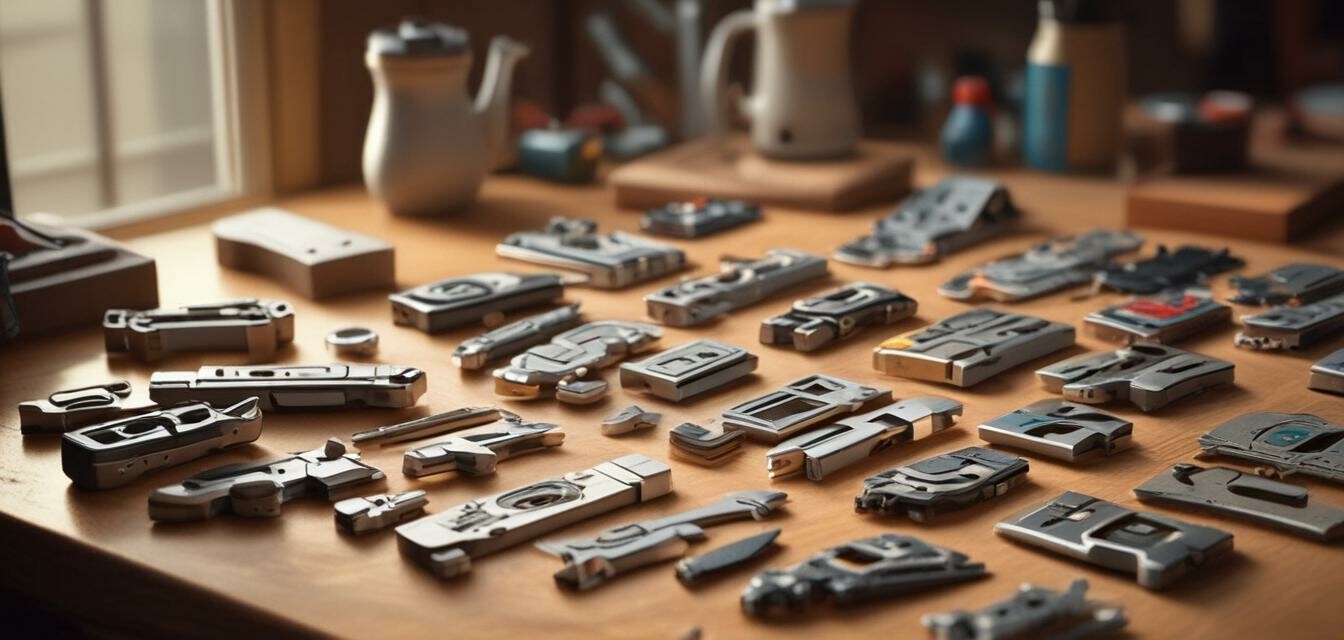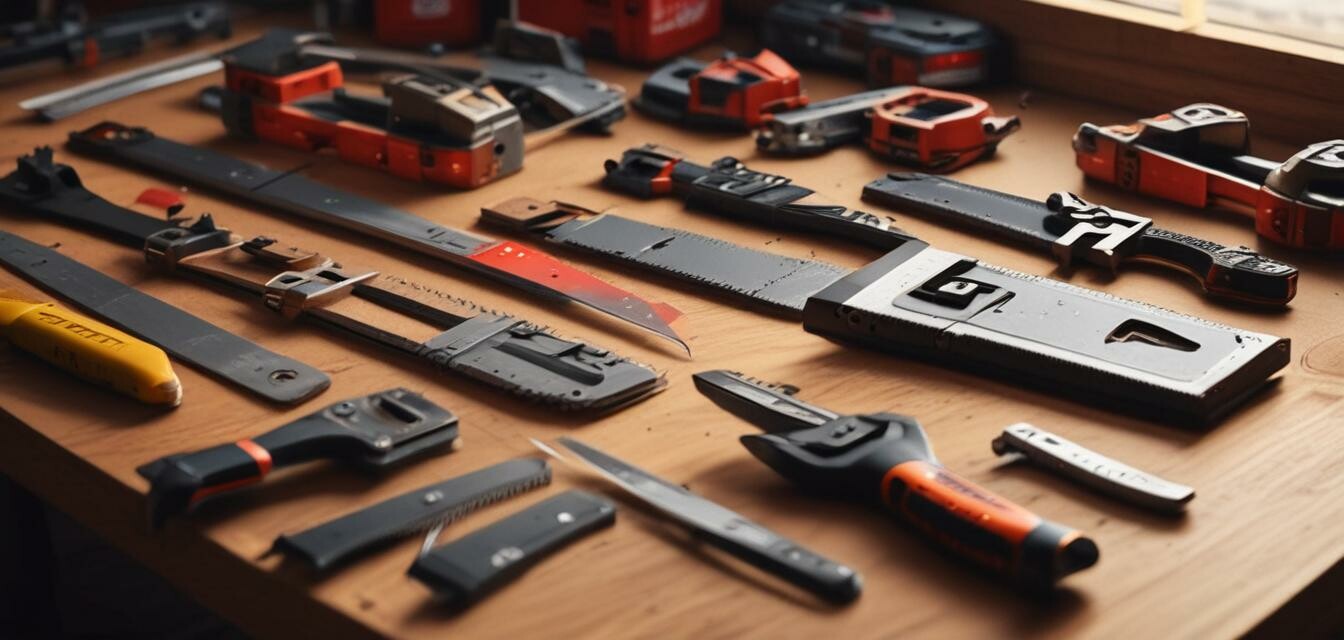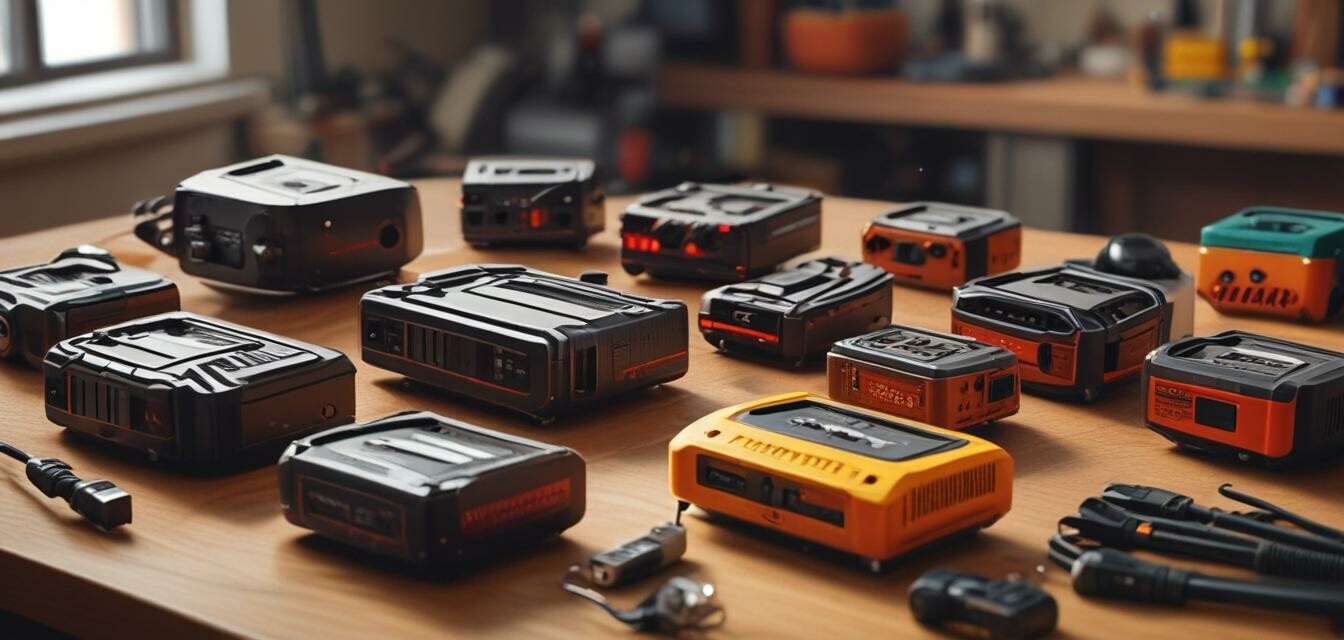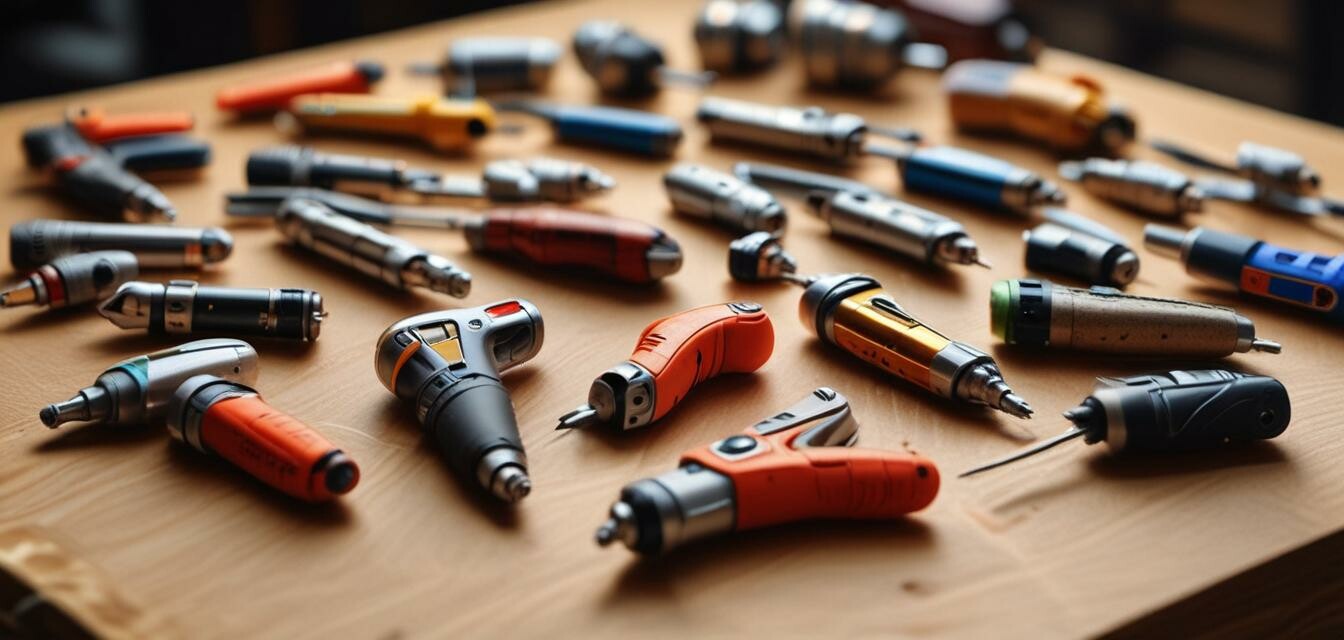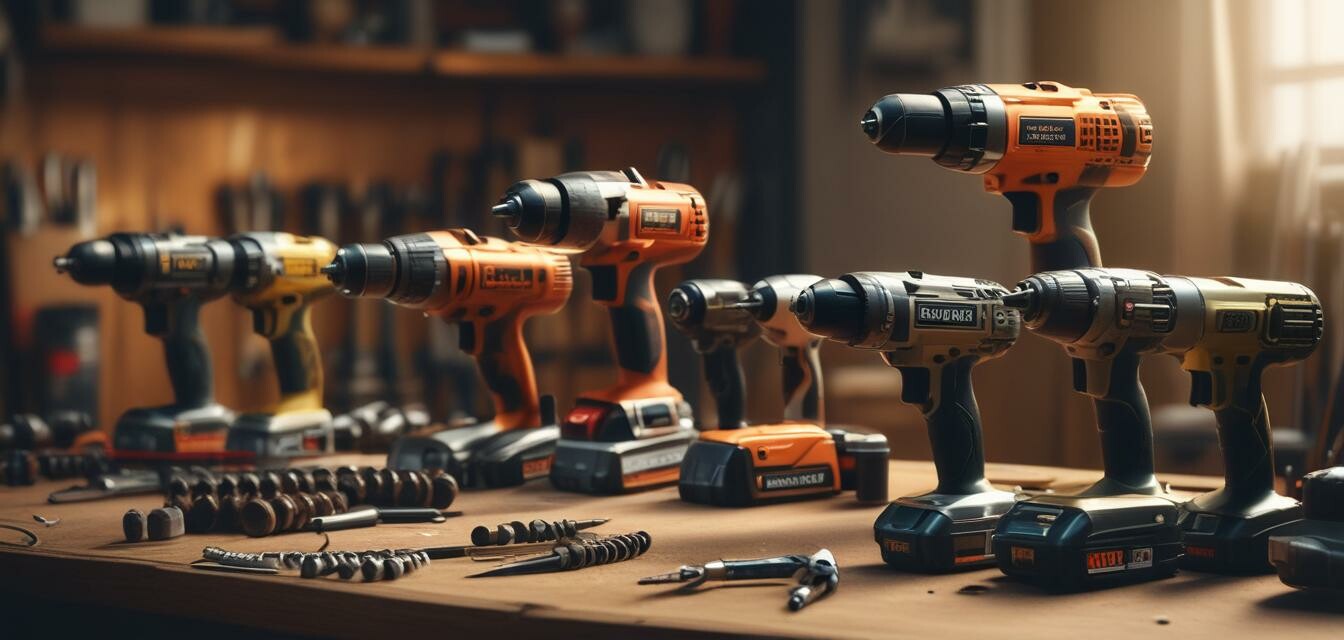
Cordless Drills
Key Takeaways
- Cordless drills are versatile tools suited for various applications, making them essential for contractors and DIY enthusiasts.
- Battery life, power, and weight are critical factors when selecting a cordless drill.
- Understanding the different features and specifications can help you choose the right model for your needs.
Cordless drills have revolutionized the way both professionals and hobbyists work on their projects. No more tangled cords or limited mobility—these powerful tools allow you to work where you need to without hassle. In this guide, we provide in-depth reviews and comparisons of the best cordless drills available, tailored to suit different applications from woodworking to metalwork.
Why Choose a Cordless Drill?
Cordless drills offer several advantages that make them a popular choice among tradespeople and home repair enthusiasts alike:
- **Portability**: Without a power cord, you can move freely, making them ideal for large projects.
- **Battery options**: Many models come with interchangeable batteries, allowing continuous work by having a backup charged.
- **Ease of use**: Most cordless drills are lightweight, making them easy to handle in various positions.
Key Features to Consider
| Feature | Description |
|---|---|
| Battery life | Length of time the drill can operate before needing a recharge. |
| Weight | A lighter drill can reduce fatigue during prolonged use. |
| Torque settings | Adjustable torque helps with various materials, preventing damage. |
| Chuck size | The size of the chuck determines the types of bits you can use. |
| Speed settings | Multiple speeds allow for versatility in drilling and driving. |
The Best Cordless Drills for Various Applications
We’ve compiled a list of some of the top cordless drills categorized based on their best use case scenarios. Below, we dive into their specifications to help you make an informed choice.
| Drill Model | Battery | Max Torque | Weight | Best For |
|---|---|---|---|---|
| Model A | 20V Li-ion | 600 In-lbs | 4.5 lbs | General DIY and light construction |
| Model B | 18V Li-ion | 500 In-lbs | 3.9 lbs | Home repair tasks |
| Model C | 24V Li-ion | 800 In-lbs | 5.2 lbs | Heavy-duty construction |
| Model D | 12V Li-ion | 300 In-lbs | 3.2 lbs | Compact spaces and projects |
Understanding the Battery Types
The battery type greatly influences the performance of a cordless drill. Here are the most common types:
- Nickel-Cadmium (NiCd): Affordable but less efficient and heavier than modern options.
- Nickel-Metal Hydride (NiMH): Better performance than NiCd, but still heavier.
- Lithium-ion (Li-ion): Lightweight, longer-lasting, and optimal for power.
Comparing Cordless Drills: Pros and Cons
Pros
- High portability due to no cords.
- Flexible usage in tight spaces and on job sites.
- Less cluttered workspace.
Cons
- Battery life can limit extended use.
- Some models may have less power than corded drills.
- Higher initial cost compared to corded options.
Tips for Maintaining Your Cordless Drill
Beginner’s Section
- Always keep your battery charged for optimal performance.
- Regularly clean the drill to prevent dust and debris buildup.
- Store your drill in a dry and cool place to extend its lifespan.
Conclusion
Choosing the right cordless drill can significantly impact your efficiency and the quality of your work. By understanding different models, their specifications, and features, you can tailor your choice to suit your specific needs. For further insights, check out our detailed pages on angle grinders, impact drivers, and multi-tools. Be sure to invest in a cordless drill that fits your requirements, and enjoy the freedom and flexibility they bring to your work.
